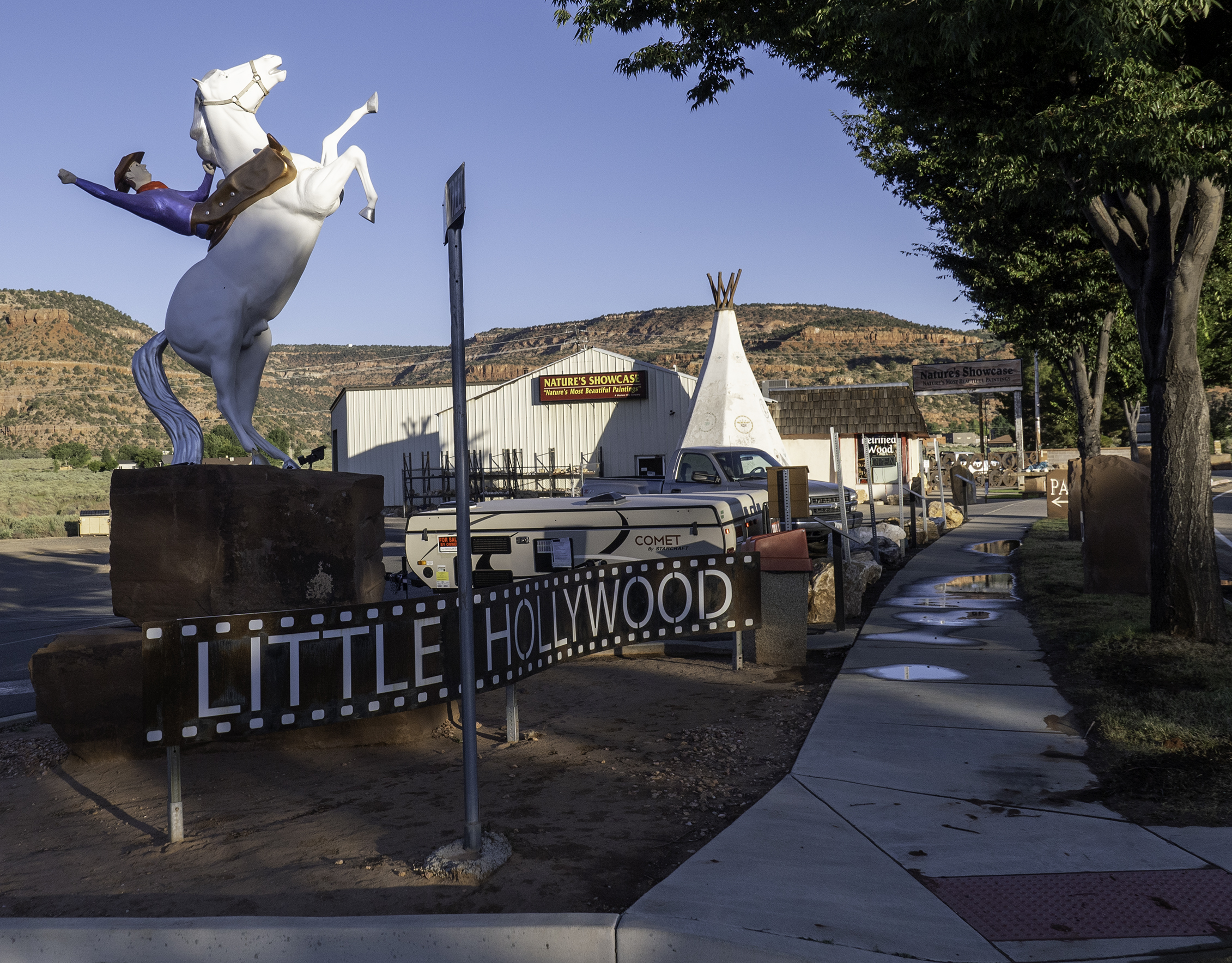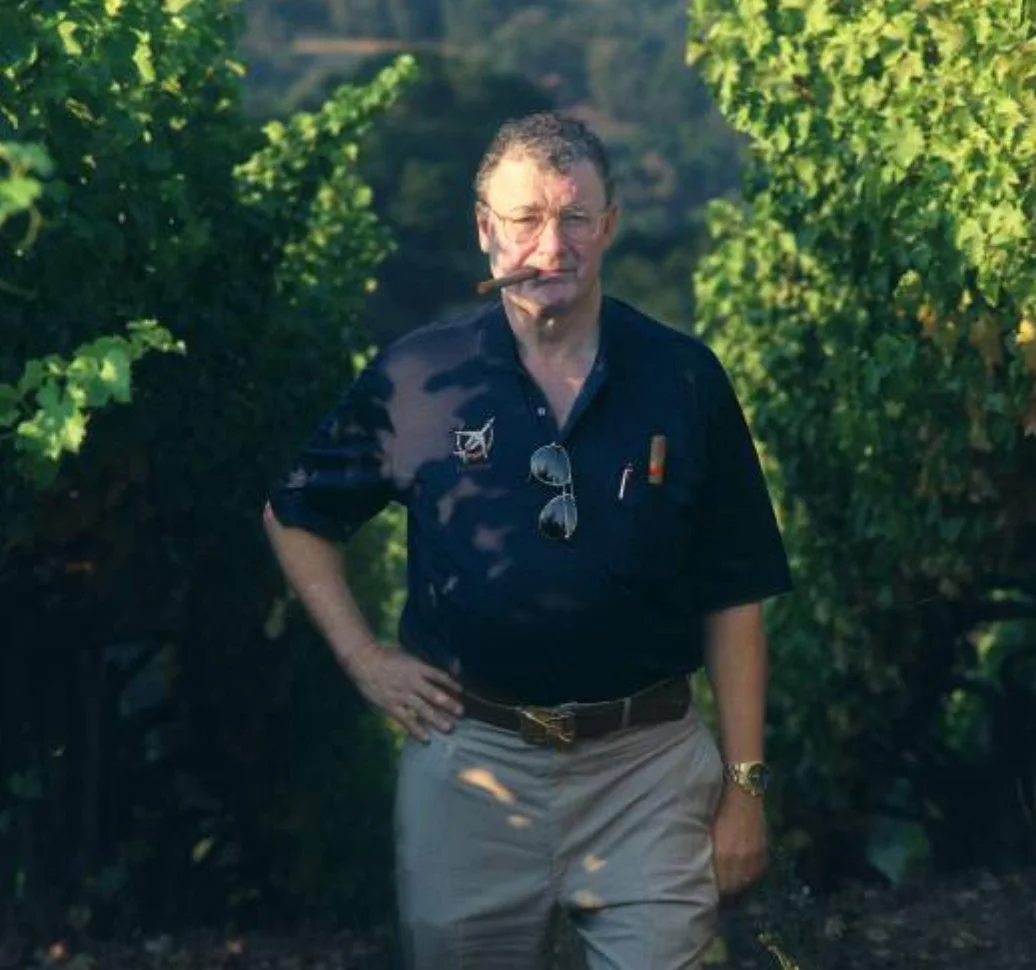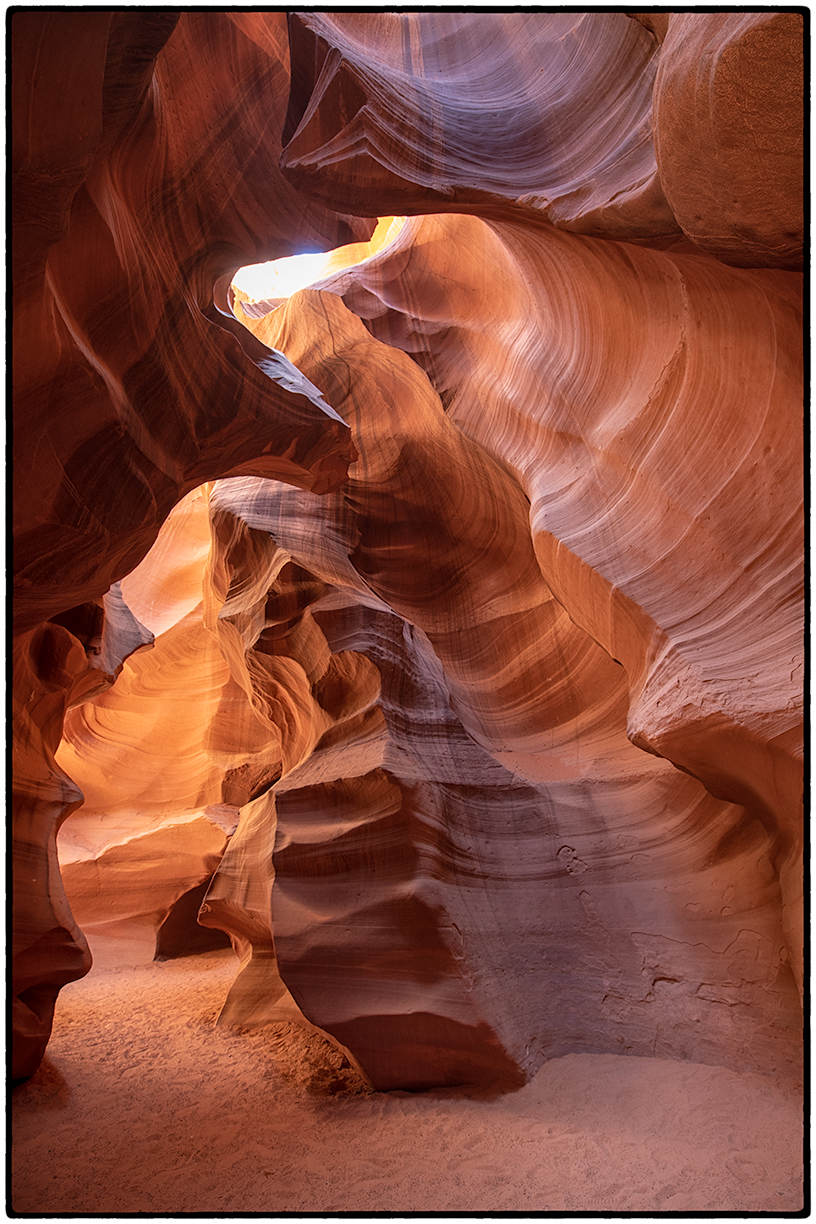Jadyne and I saw a post on a town kiosk asking for citizens to volunteer for an English in Action program. Visiting scholars from foreign countries attending UC Berkeley who wish to improve their English signed up for the program, hoping to find a volunteer willing to spend an hour a week with them, just talking and listening. The scholars have at least one Ph.D; my first conversational partner received his second while he was here. Last year I met Zhongbing from Changsha, China; Jadyne met Celia from Xi’an. We spent hours with them, helping them to get CA drivers licenses, sharing dinners and becoming friends.
After giving birth to her second child Celia returned to Xi’an in February; Zhong left in June. We arranged a three week trip to China in October, spending the first few days with Celia, then took an eight day tour before meeting up with Zhongbing.
What we saw wasn’t available to Westerners—a Tibetan wedding in a 12,000’ high cow pasture near Shangri-la, one of the millions of apartments where many of the 1,400,000,000 Chinese call home, seven little girls and their mothers headed to Kunming for ice skating tests, and a shrine where Chinese communists visit to pay homage to Mao. Not your China 1A tour. We had visited in 1992 and were overwhelmed this time by the cleanliness, the efficiency, and the progress. Audis replaced bikes. Exotic housepets (a Vicuna) replace the oxen.
We were also aware of the cameras with face-detection technology. They followed us everywhere. Before we could get a Visa we had to list where we would be staying every night of our visit. We understood that we could be found in this crowd of one and a half billion people within minutes.
Here are our two hosts and their families:
http://www.davidkbuchholz.com/china-friends-2019
And here are two more links, one for the many faces we found, the other for the places we saw.
http://www.davidkbuchholz.com/china-faces-2019
and


























































































































